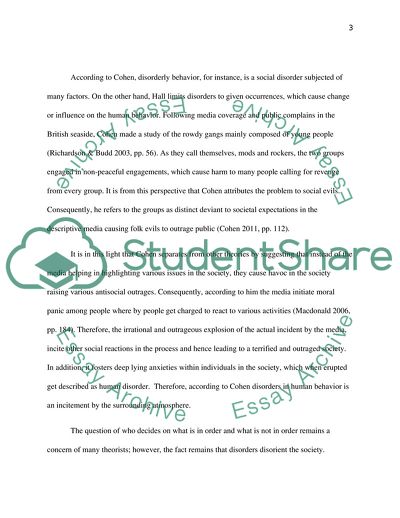Cite this document
(Cohens Study of Disorderly Behavior with that of Hall Essay - 1, n.d.)
Cohens Study of Disorderly Behavior with that of Hall Essay - 1. https://studentshare.org/sociology/1783876-compare-and-contrast-cohens-study-of-disorderly-behaviour-with-that-of-hall-et-all
Cohens Study of Disorderly Behavior with that of Hall Essay - 1. https://studentshare.org/sociology/1783876-compare-and-contrast-cohens-study-of-disorderly-behaviour-with-that-of-hall-et-all
(Cohens Study of Disorderly Behavior With That of Hall Essay - 1)
Cohens Study of Disorderly Behavior With That of Hall Essay - 1. https://studentshare.org/sociology/1783876-compare-and-contrast-cohens-study-of-disorderly-behaviour-with-that-of-hall-et-all.
Cohens Study of Disorderly Behavior With That of Hall Essay - 1. https://studentshare.org/sociology/1783876-compare-and-contrast-cohens-study-of-disorderly-behaviour-with-that-of-hall-et-all.
“Cohens Study of Disorderly Behavior With That of Hall Essay - 1”. https://studentshare.org/sociology/1783876-compare-and-contrast-cohens-study-of-disorderly-behaviour-with-that-of-hall-et-all.


